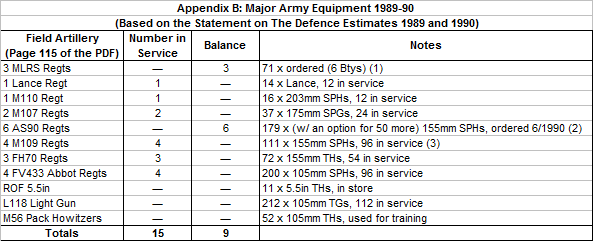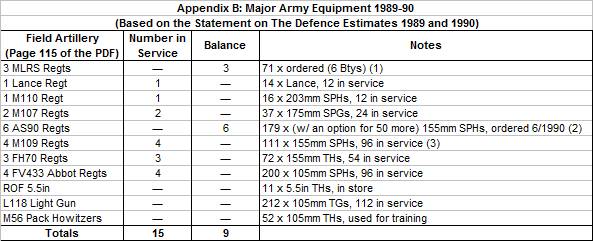VIKINGTANK
I really should change my personal text
- Joined
- 14 January 2015
- Messages
- 60
- Reaction score
- 151
Questions for people better qualified than myself.
- OK some good questions; I will answer what I can.
- Would the S-Tank be as well as Chieftain or instead of it? No I think we still have Chieftain, although much improved hopefully, as the S-Tank would be for RA Anti-tank Regts, along with Swingfire and Infantry Battalion anti-tank Platoons to back up the Milan. Not sure it would be in the RAC Recce Regts as the CVR(T) Striker, and all the other CVR(T) variants, are still likely to be in service.
- If it's the latter who operates it? Is it the RAC or the RA? If it was to replace Chieftain then both; but not sure the UK was ready for a fixed gun tank.
- If it's the RAC we've only got 19 regular regiments & the 5 Yeomanry regiments in the TA to play with.
- According to my copy of the Encyclopaedia of the Modern British Army, 3rd Edition, by Terry Gander, published October 1986, price £19.95 net from the WH Smith in my local big town. There were 5 Yeomanry Regiments. These included 2 equipped with the FV721 Fox which were intended to reinforce BAOR and the other 3 were for Home Defence & not armoured in any way because they were equipped with 3/4 metric ton Land Rovers.
- How about equipping them with S-Tanks? I still think even these unarmoured units would only get the S-Tank in their anti-tank Platoons.
- If it's the RA new regiments can be formed or those disbanded as part of the Mason Defence Review can be converted to the S-Tank. Or if we give them to the handful of surviving RA regiments in the TA they can have them instead of the 105mm light gun.
- As I mention above it would make a great piece of kit for the RA anti-tank Regts but replacing the 105 mm Light Gun, a howitzer, seems a bit odd. Unless you mean convert them to anti-tank units of course.
- If it's the RA we can call it the ABBA because it's Swedish and continues the tradition of giving SPATGs names that begin with the letter A, e.g. Archer and Alecto. Ha, why not!
- Mrs Thatcher might have been hard on the RN but she did expand the TA. This included forming new infantry battalions. In the run up to World War II the TA arms of the RAC and RA were expanded by converting infantry battalions to those corps. So another possible source of units to equip the S-Tanks is converted TA infantry battalions. Yes that is a possibility but I think that this would only happen, as you say in WW2, in a long conventional war.
Last edited:



